Catel Sant'Angelo
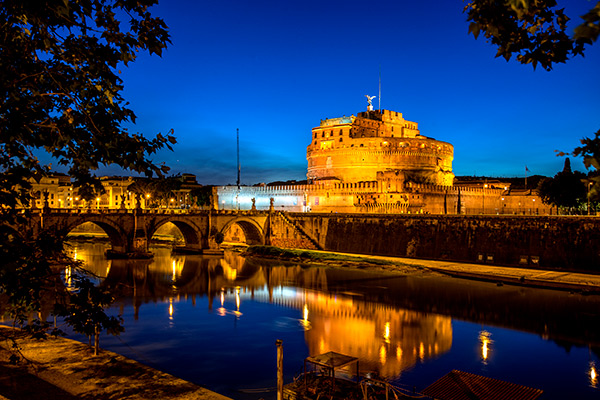
Located on the banks of the Tiber River and just a few steps from the Vatican, Castel Sant’Angelo, also known as the Mausoleum of Hadrian, is one of Rome’s most famous monuments.
The history of Castel Sant’Angelo begins in 135 AD, when Emperor Hadrian wished to construct a funerary mausoleum for himself and his family.
After various vicissitudes and disputes over ownership, in 1365 the castle was transferred from the Orsini family to the Church. Thanks to its massive and fortified structure, the popes began to use Castel Sant’Angelo as a refuge, as the seat for the Vatican Archives, as a vault for the Church's Treasure, as a tribunal, and as a prison. This latter use continued until the early 1900s.
In 1925, the ancient Mausoleum of Hadrian was transformed into a museum.
Castel Sant’Angelo is famous among opera lovers: in fact, it is from the famous terrace that Tosca, the protagonist of Giacomo Puccini’s opera, threw herself.
Find out more about Rome:
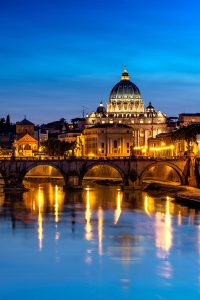
St. Peter's Basilica in the Vatican
Inside the Vatican City, stands the St. Peter's Basilica, the largest church in the world, with a total area of 23 thousand
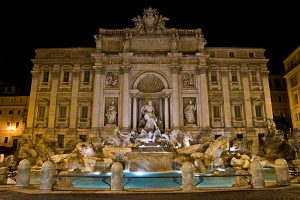
Trevi Fountain
It is certainly one of the most famous fountains in the world, immortalized in the photos of anyone who has visited the city, protagonist of one of the most famous scenes of cinema in “La Dolce Vita”: the Trevi Fountain is one of the symbols of Rome.
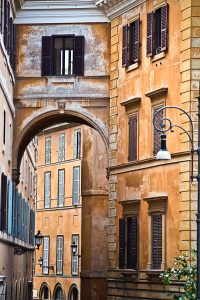
Trastevere district
When you come to Rome to admire the countless wonders, it is highly recommended that you take the time to visit the Trastevere district, one of the most evocative and authentic.

Castel Sant’Angelo
Located on the banks of the Tiber River and just a few steps from the Vatican, Castel Sant’Angelo, also known as the Mausoleum of Hadrian, is one of Rome’s most famous monuments.
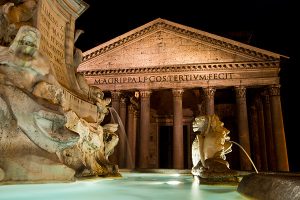
Pantheon
Pantheon Il Pantheon, tempio di tutti gli dei, venne eretto nel primo secolo a.C. dal generale romano Marco Agrippa, il cui nome è riportato nell’iscrizione “Marcus Agrippa, Lucii filius, consul

